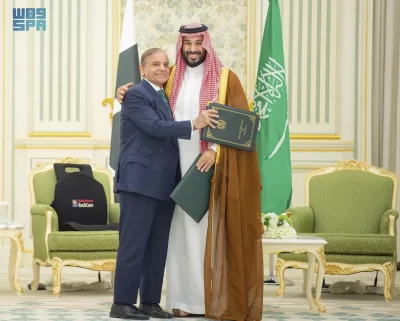
WASHINGTON— President Donald Trump signed an executive order Wednesday to place an additional 25% tariff on India for its purchases of Russian oil, bringing the combined tariffs imposed by the United States on its ally to 50%.
The tariffs would go into effect 21 days after the signing of the order, meaning that both India and Russia might have time to negotiate with the administration on the import taxes.
Trump’s moves could scramble the economic trajectory of India, which until recently was seen as an alternative to China by American companies looking to relocate their manufacturing. China also buys oil from Russia, but it was not included in the order signed by the Republican president.
As part of a negotiating period with Beijing, Trump has placed 30% tariffs on goods from China, a rate that is smaller than the combined import taxes with which he has threatened New Delhi.
Trump had previewed for reporters Tuesday that the tariffs would be coming. During an event in the Oval Office Wednesday with Apple CEO Tim Cook, Trump affirmed the 50% tariff number, not giving a specific answer as to whether additional tariffs on India would be dropped if there were a deal between Russia and Ukraine. “We’ll determine that later,” Trump said. “But right now they’re paying a 50% tariff.”
The White House said Wednesday that Trump could meet in person with Russian President Vladimir Putin as soon as next week as he seeks to broker an end to the war. The Indian government on Wednesday called the additional tariffs “unfortunate.”
“We reiterate that these actions are unfair, unjustified and unreasonable,” Foreign Ministry spokesman Randhir Jaiswal said in a statement, adding that India would take all actions necessary to protect its interests.
Jaiswal said India has already made its stand clear that the country’s imports were based on market factors and were part of an overall objective of ensuring energy security for its 1.4 billion people.
Ajay Srivastava, a former Indian trade official, said the latest tariff places the country among the most heavily taxed U.S. trading partners and far above rivals such as China, Vietnam and Bangladesh.
“The tariffs are expected to make Indian goods far costlier with the potential to cut exports by around 40%-50% to the U.S.,” he said.
Srivastava said Trump’s decision was “hypocritical” because China bought more Russian oil than India did last year.
“Washington avoids targeting Beijing because of China’s leverage over critical minerals which are vital for U.S. defense and technology,” he said.
In 2024, the U.S. ran a $45.8 billion trade deficit in goods with India, meaning America imported more from India than it exported, according to the U.S. Census Bureau. American consumers and businesses buy pharmaceutical drugs, precious stones and textiles and apparel from India, among other goods.
As the world’s largest country, India represented a way for the U.S. to counter China’s influence in Asia. But India has not supported the Ukraine-related sanctions by the U.S. and its allies on Moscow even as India’s leaders have maintained that they want peace.



